Cavalier King Charles Spaniels, affectionately known as “Cavaliers”, are small, elegant toy breeds renowned for their gentle temperament and affectionate nature. Due to their royal lineage and history as lap dogs of nobility, they have won the hearts of many worldwide. However, their refined stature doesn’t mean their nutritional needs should be overlooked. A balanced diet is crucial to ensure the health and longevity of your Cavalier. But how much should you feed them?
1. Understanding Caloric Needs
Cavaliers typically weigh between 13 to 18 pounds when fully grown. Despite their toy status, they’re quite active and require a diet that meets their energetic needs. On average:
- Puppies: Require about 55 calories per pound of body weight per day.
- Active adults: Need about 45 calories per pound of body weight per day.
- Older or less active adults: Require approximately 35 calories per pound.
So, a 15-pound adult Cavalier with moderate activity might need around 675 calories daily. However, always adjust this based on your dog’s specific needs.
2. Puppy Feeding Guidelines
Cavalier puppies are tiny and have higher metabolic rates, so they require more frequent feedings of nutritionally dense food.
- Up to 4 months: 4 meals a day.
- 4-6 months: Reduce to 3 meals a day.
- 6 months onward: Transition to 2 meals a day.
Ensure the food is specially formulated for puppies, as they need a mix of essential nutrients for healthy growth.
3. Adult Feeding Guidelines
As Cavaliers grow, their metabolism slows down. It’s essential to ensure they get a balanced diet without overfeeding, which can lead to obesity.
- Active Adults: Approximately ¾ to 1 cup of high-quality dry food twice a day.
- Less Active Adults: ½ to ¾ cup twice a day.
Remember, these are approximations, and the exact amount will depend on the caloric content of the chosen food.
4. Senior Cavalier Feeding
As Cavaliers age, their dietary needs shift. Senior dog foods can provide the right balance for older dogs, focusing on maintaining muscle while preventing weight gain.
- Older Adults: ½ to ¾ cup of senior dog food twice a day.
5. Treats and Snacks
Cavaliers love treats, but it’s essential to moderate them. Treats should not constitute more than 10% of your dog’s daily caloric intake. Opt for healthy choices like carrots or specially formulated dog treats.
6. Special Considerations
Cavaliers can be prone to certain health issues like mitral valve disease, so sometimes dietary adjustments are needed. Always consult with a vet if you notice any changes in your dog’s health or eating habits.
7. Cost Estimation
Feeding a Cavalier doesn’t typically break the bank. If a high-quality bag of dog food costs around $50 and lasts a month:
- Puppy: ~$50 to $60 (considering they eat slightly more than adults).
- Adult: ~$50 per month.
- Senior: ~$50 per month, though senior food might be a tad pricier.
Remember, this is an approximation, and costs can vary based on brand, region, and specific dietary needs.
Our 5 Top Foods for Cavaliers
The diets were selected by our founder Justin Palmer, a certified canine nutrition expert, specifically with Cavaliers in mind:
| Food | Pros | Cons |
|---|---|---|
|
|
|
|
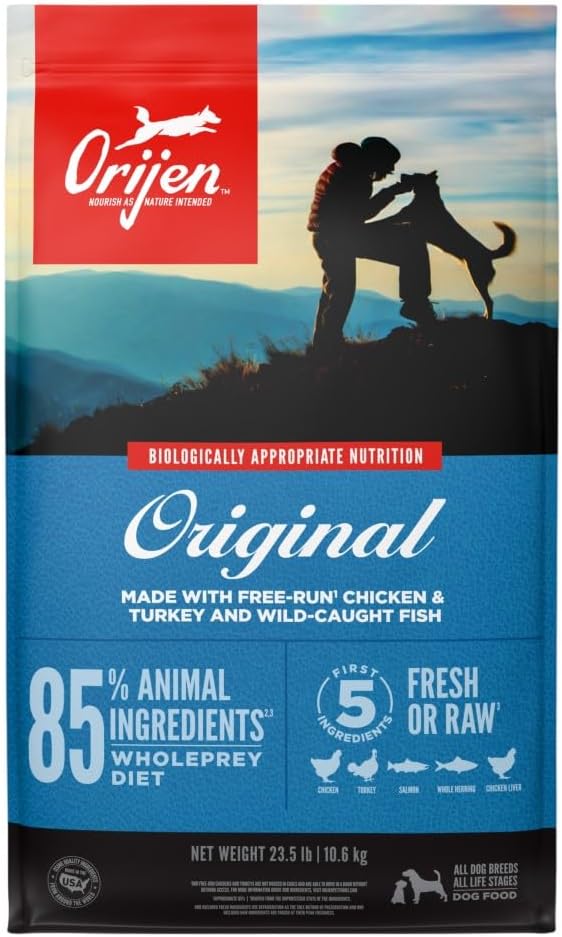
Check Today's Price on: |
|
|
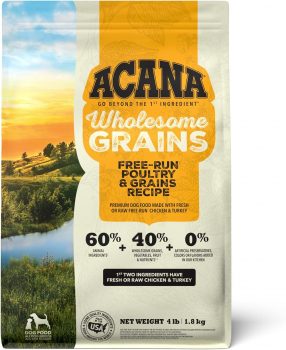
Check Today's Price on: |
|
|
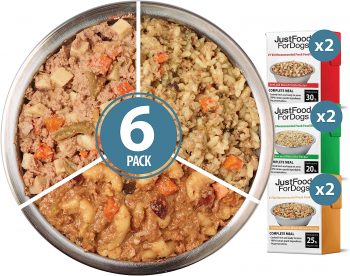
Check Today's Price on: |
|
|
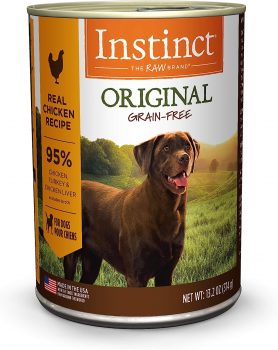
Check Today's Price on: |
|
|
Conclusion
Feeding your Cavalier King Charles Spaniel a balanced diet ensures they live a happy, active life. Whether they’re curling up in your lap or chasing a ball, the right nutrition will keep them healthy and energetic for years to come. Always keep an eye on their weight, consult with your vet regularly, and adjust their food intake as needed to cater to their unique requirements.
Frequently Asked Questions About Feeding a Cavalier
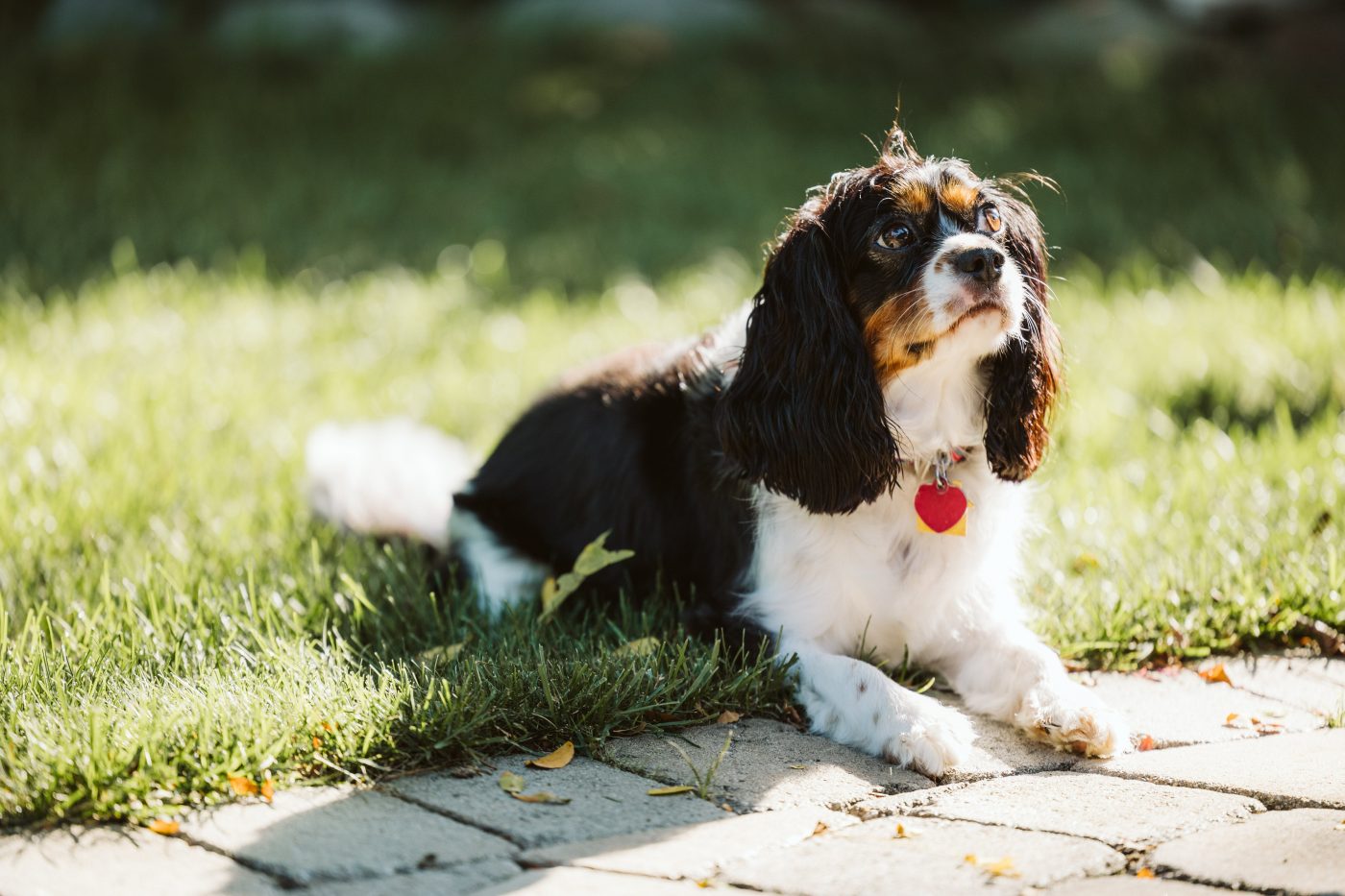
1. How many times a day should I feed my Cavalier puppy?
Cavalier puppies have a high metabolic rate and require frequent meals. For puppies up to 4 months old, it’s recommended to feed them 4 times a day. From 4 to 6 months, you can reduce it to 3 meals a day, and from 6 months onward, transition to 2 meals a day.
2. What kind of food is best for the Cavaliers?
High-quality commercial dog food that is well-balanced and formulated for small breeds is typically suitable for Cavaliers. Always look for foods that list real meat as the first ingredient and avoid those with fillers, artificial colors, or preservatives. If in doubt, consult your veterinarian for brand recommendations.
3. Are there any foods that Cavaliers should avoid?
Like all dogs, Cavaliers should avoid chocolate, grapes, raisins, onions, garlic, caffeine, alcohol, and foods sweetened with xylitol. These can be toxic to dogs and lead to serious health issues.
4. Can I give my Cavalier table scraps?
While it might be tempting to share your food with your Cavalier, it’s best to avoid giving them table scraps. Not only can some human foods be harmful, but they can also lead to overfeeding and obesity. If you do share, ensure it’s dog-safe and only in moderation.
5. How do I know if my Cavalier is overweight?
Regular check-ups with your veterinarian are the best way to monitor your Cavalier’s weight. At home, you can do a rib check; you should be able to feel the ribs without pressing hard, but they shouldn’t be visible. An overweight Cavalier may also have less energy and mobility.
6. How can I help my Cavalier lose weight?
If your Cavalier is overweight, consult with your veterinarian to create a weight management plan. This may include adjusting their food intake, switching to a weight management formula, and increasing their physical activity.
7. Do Cavaliers have any breed-specific dietary requirements?
While Cavaliers don’t have strict breed-specific dietary requirements, they can be prone to certain health issues like mitral valve disease. Sometimes dietary adjustments can help manage or prevent health issues. It’s always best to consult with a veterinarian about any specific needs.
8. Can I feed my Cavalier a raw diet?
Some dog owners choose a raw or “BARF” (biologically appropriate raw food) diet for their pets. If considering this for your Cavalier, it’s essential to consult with a vet to ensure the diet is balanced and safe.
9. Is wet food or dry food better for the Cavaliers?
Both wet and dry food have their advantages. Dry food is good for dental health and can be more cost-effective, while wet food is hydrating and often more palatable. Many Cavalier owners choose a mix of both to offer variety and ensure nutritional balance.
10. How much water should my Cavalier drink daily?
Water intake can vary based on activity level, diet, and age. However, as a rule of thumb, dogs should drink between ½ to 1 ounce of water per pound of body weight daily. Always ensure your Cavalier has access to fresh water at all times.
 Check Today's Price on:
Check Today's Price on: Toledo, United States.
Toledo, United States.